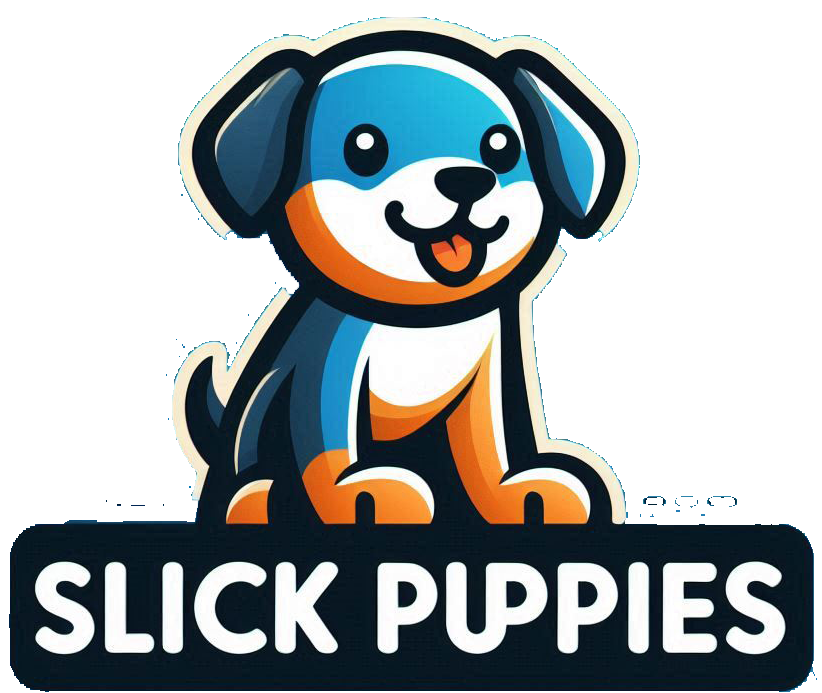Canine parvovirus (CPV), commonly known as parvo, is a highly contagious and life-threatening viral disease that primarily affects dogs, especially puppies and unvaccinated adults. The virus attacks rapidly dividing cells in a dog’s body, particularly in the intestinal tract, bone marrow, and lymph nodes. Recognizing the signs of parvo early can mean the difference between life and death for an infected dog.
In this article, we will discuss the key signs of parvo, how the disease progresses, and why immediate veterinary care is crucial.
1. Understanding Canine Parvovirus
Before diving into the symptoms, it’s important to understand what parvo is and how it spreads:
- Highly Contagious: The virus spreads through direct contact with an infected dog or indirect contact with contaminated feces, surfaces, or objects (like food bowls, leashes, or human hands).
- Resistant to Disinfectants: Parvovirus can survive in the environment for months or even years, making it difficult to eradicate.
- Most Common in Puppies: Puppies between 6 weeks and 6 months old are at the highest risk, especially if unvaccinated.
- Two Main Forms:
- Intestinal Parvo (most common) – Attacks the digestive system.
- Cardiac Parvo (rare) – Affects the heart muscles, usually in very young puppies.
Now, let’s explore the key signs of parvo in dogs.
2. Early Signs of Parvo in Dogs
The symptoms of parvo can appear suddenly and worsen rapidly. Early detection is critical for survival.
A. Lethargy and Weakness
One of the first signs of parvo is extreme tiredness. A normally playful puppy may:
- Sleep more than usual
- Refuse to move or play
- Appear weak or uninterested in surroundings
B. Loss of Appetite
Dogs with parvo often stop eating and may show no interest in food or treats, even their favorites.
C. Fever or Hypothermia
- Some dogs develop a high fever (103°F–106°F).
- In severe cases, body temperature may drop dangerously low (hypothermia) due to dehydration and shock.
3. Advanced Symptoms of Parvo
Within 24–48 hours, the disease progresses, leading to more severe symptoms:
A. Severe Vomiting
- Frequent, projectile vomiting (often yellow or frothy due to bile).
- Vomiting leads to rapid dehydration, worsening the dog’s condition.
B. Bloody, Foul-Smelling Diarrhea
- The most telltale sign of parvo is severe diarrhea, often:
- Watery or mucus-like
- Bloody (bright red or dark, tarry stools)
- Extremely foul-smelling (distinctive metallic odor)
C. Dehydration
Due to constant vomiting and diarrhea, dogs lose fluids rapidly, leading to:
- Dry gums and nose
- Sunken eyes
- Loss of skin elasticity (when pinched, skin doesn’t snap back quickly)
D. Abdominal Pain and Bloating
- Dogs may whine, hunch their backs, or resist being touched near the stomach.
- The belly may appear swollen or tender.
E. Rapid Weight Loss
Due to fluid loss and inability to retain nutrients, dogs can become emaciated within days.
F. Secondary Infections & Sepsis
- The virus weakens the immune system, making dogs vulnerable to bacterial infections.
- Without treatment, septic shock can occur, leading to organ failure and death.
4. Cardiac Parvo Symptoms (Less Common)
In very young puppies (especially those infected in the womb or shortly after birth), the virus can attack the heart muscles, causing:
- Sudden collapse
- Difficulty breathing
- Irregular heartbeat
- Sudden death (often without prior symptoms)
This form is rare but almost always fatal.
5. What to Do If You Suspect Parvo?
If your dog shows any combination of these symptoms, seek emergency veterinary care immediately.
Steps to Take:
- Isolate the Dog – Parvo is highly contagious; keep the infected dog away from other pets.
- Call Your Vet – Do not wait; parvo can kill within 48–72 hours of symptoms appearing.
- Avoid Home Remedies – While some suggest Pedialyte or fasting, only a vet can provide proper treatment.
- Disinfect the Area – Use a bleach solution (1:30 ratio with water) to clean surfaces.
Veterinary Treatment Includes:
- IV Fluids (to combat dehydration)
- Anti-nausea Medications
- Antibiotics (to prevent secondary infections)
- Blood Transfusions (in severe cases)
- Hospitalization (often required for 3–7 days)
6. How to Prevent Parvo?
The best defense against parvo is vaccination:
- Puppies should receive their first parvo shot at 6–8 weeks, with boosters every 3–4 weeks until 16 weeks old.
- Adult dogs need regular boosters (every 1–3 years).
Other prevention tips:
- Avoid dog parks or kennels until fully vaccinated.
- Keep unvaccinated puppies away from unknown dogs.
- Disinfect shoes and floors if exposed to parvo.
7. Survival Rate & Prognosis
- With early treatment, survival rates are 70–90%.
- Without treatment, mortality can exceed 90%.
- Puppies under 8 weeks old have the lowest survival chances.
8. Conclusion
Parvo is a fast-moving, deadly disease, but recognizing the signs early can save your dog’s life. Key symptoms include:
✅ Lethargy & weakness
✅ Loss of appetite
✅ Severe vomiting
✅ Bloody diarrhea
✅ Dehydration & abdominal pain
If you suspect parvo, act immediately—every hour counts. Vaccination remains the best way to protect your dog from this devastating virus.
By staying informed and proactive, you can help keep your furry friend safe and healthy. 🐾



